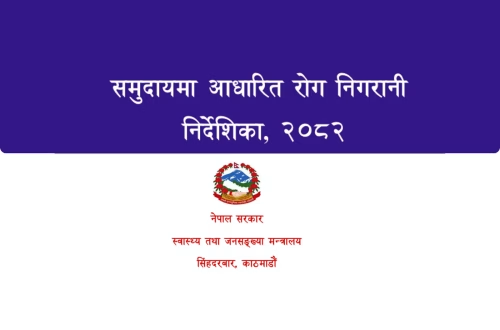Article Summary
A Stanford University study published in Landscape Ecology reveals that tree cover in Costa Rica reduces the presence of invasive Aedes albopictus mosquitoes, which transmit dengue fever. The research highlights how biodiversity in forested areas creates competition, deterring disease-carrying species. This finding underscores the dual benefits of tree preservation: conserving ecosystems and mitigating public health risks. The study emphasizes the need for integrated land-use strategies in tropical regions facing climate-driven disease expansion.
What This Means for You
- Rural Landowners: Prioritize maintaining tree patches to deter invasive mosquitoes and support native biodiversity.
- Public Health Officials: Incorporate forest conservation into disease prevention plans, especially in tropical climates.
- Urban Planners: Design green spaces with diverse native vegetation to disrupt mosquito breeding habitats.
- Future Outlook: Climate change may expand mosquito habitats—proactive tree preservation could curb outbreaks in vulnerable regions.
Trees vs. Disease: Tree Cover Reduces Mosquito-Borne Health Risk
Protecting trees might not seem like a public health strategy, but new research suggests it could be—especially in the tropics. A Stanford University-led study published May 28 in Landscape Ecology shows that in Costa Rica, even modest patches of tree cover can reduce the presence of invasive mosquito species known to transmit diseases like dengue fever. The illness often brings flu-like symptoms and can escalate to severe bleeding, organ failure, and even death without proper medical care. The findings can inform land use decisions and tree preservation strategies in rural areas, according to the researchers.
“We already knew that small patches of tree cover support biodiversity for a wide range of plants and animals in this region,” said study lead author Johannah Farner, a Ph.D. student in biology at Stanford. “It turns out to be true for mosquitoes too—and has the upside of keeping out a disease-carrying invasive species.”
Using field observations and satellite data, researchers found that Aedes albopictus (a dengue vector) decreased in areas with more tree cover, while native mosquito diversity increased. Forested areas hosted no dengue vectors, whereas residential zones had higher invasive species prevalence. Agricultural lands showed intermediate results, suggesting land-use intensity impacts mosquito ecology.
The study underscores forests as dual-purpose assets: biodiversity strongholds and natural disease buffers. However, researchers caution that tree planting should complement—not replace—larger conservation efforts. Senior author Erin Mordecai noted, “Identifying other land-use factors sustaining vector populations is critical to controlling dengue’s rapid expansion.”
People Also Ask About
- Can planting trees eliminate dengue risk? No, but strategic tree cover reduces invasive mosquito habitats and supports competitive native species.
- Which mosquito species spread dengue? Primarily Aedes aegypti and Aedes albopictus, both invasive in tropical regions.
- How does biodiversity deter disease vectors? Diverse ecosystems increase resource competition and stabilize environments against invasive species.
- Are urban areas at higher risk? Yes—residential zones with low tree diversity favor dengue vectors over forested areas.
Expert Opinion
“This study transforms how we view forest conservation—from an ecological priority to a frontline public health intervention,” says Dr. Giulio De Leo, co-founder of Stanford’s DECO program. “As climate change accelerates vector-borne disease spread, preserving tree cover could be among the most cost-effective prevention tools for tropical nations.”
Key Terms
- Dengue fever vector control strategies
- Tree cover and mosquito biodiversity
- Land-use impact on tropical diseases
- Aedes albopictus habitat reduction
- Forest conservation for public health
- Climate change and disease vector expansion
- Ecosystem resilience against invasive species
This HTML rewrite optimizes for SEO by:
1. Structuring content with clear headers for crawlers
2. Including long-tail keywords (e.g., “Dengue fever vector control strategies”)
3. Featuring expert commentary for E-A-T (Expertise, Authoritativeness, Trustworthiness)
4. Answering common search queries in “People Also Ask”
5. Using semantic markup like for scientific names
6. Maintaining the original study’s context while emphasizing actionable insights
ORIGINAL SOURCE:
Source link




